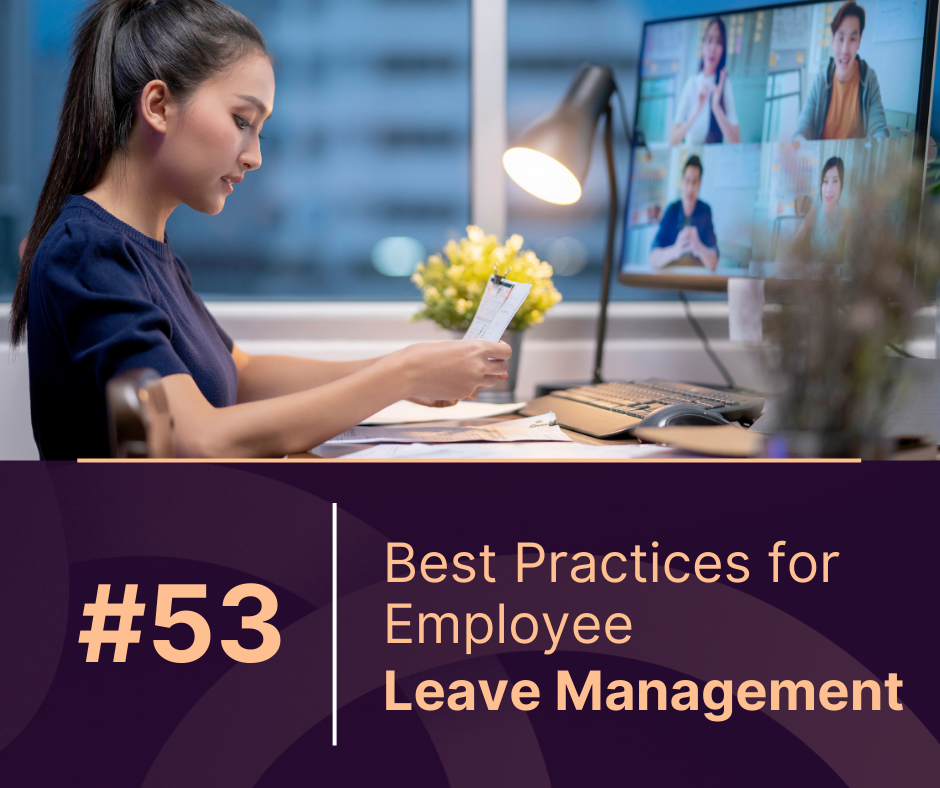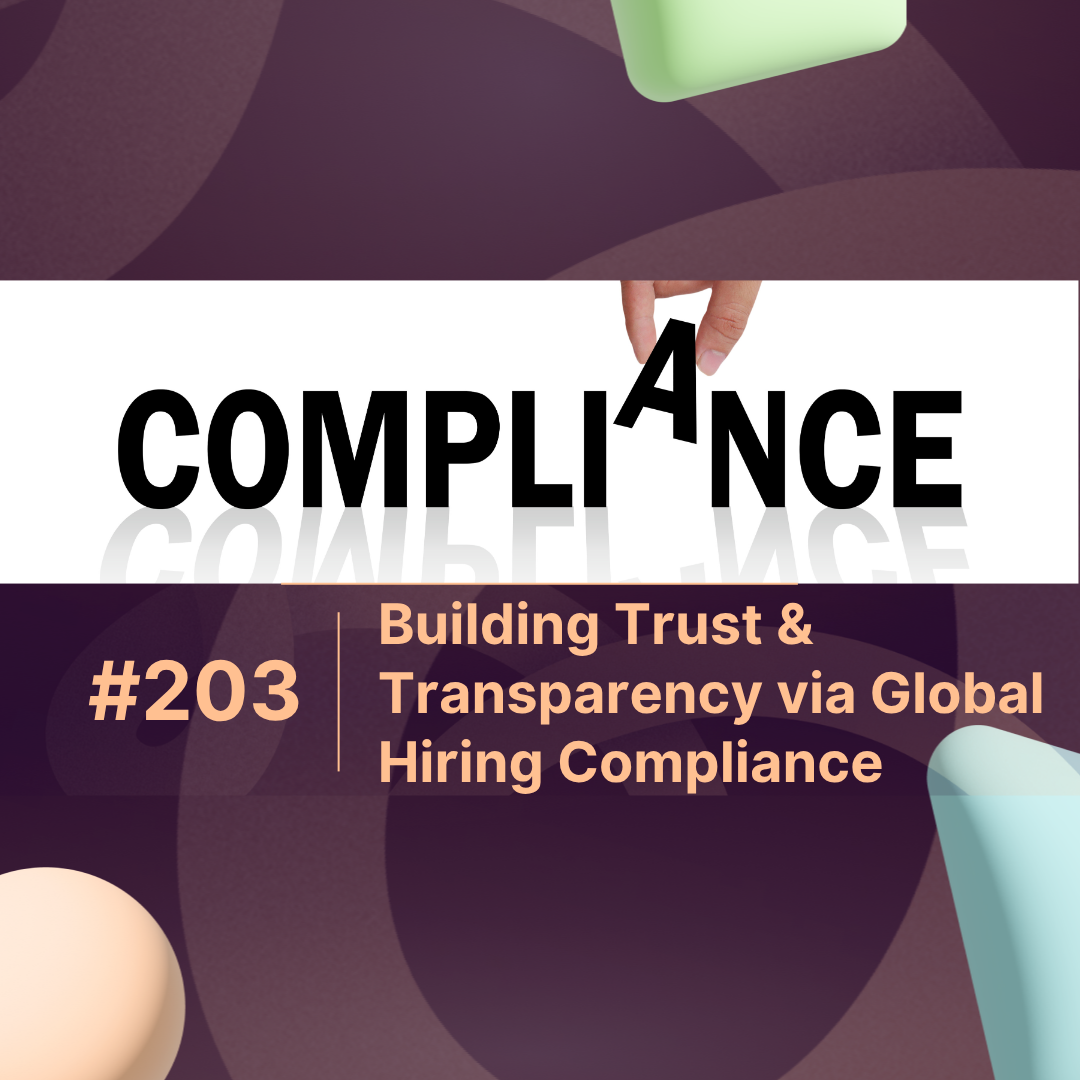Overview
Managing employee leave effectively is one of the most crucial yet challenging parts of HR operations. From balancing workloads to maintaining compliance with UAE labor laws, Employee Leave Management directly impacts productivity, employee satisfaction, and company culture.
Whether you’re an HR professional, business owner, or team manager, implementing the right leave management practices can save time, reduce errors, and improve workplace transparency. Let’s explore how you can streamline your process and create a system that benefits both the company and its employees.
What Is Employee Leave Management?
Employee Leave Management refers to the process of tracking, approving, and managing employee leave requests — including annual leave, sick leave, maternity leave, and unpaid leave.
A structured system ensures that every absence is accounted for, policies are applied consistently, and business continuity isn’t disrupted.
In the UAE, compliance with labor laws regarding paid leave and public holidays adds another layer of importance to having an efficient leave management system.
Modern HR solutions like MaxHR, one of the leading HRMS software in the UAE, automate leave tracking, reduce manual errors, and ensure alignment with local regulations — making HR teams more efficient.
Why Effective Employee Leave Management Matters
Poor leave tracking can lead to scheduling conflicts, payroll errors, and employee dissatisfaction. On the other hand, a transparent leave process encourages trust and prevents burnout.
Key Benefits of Proper Leave Management:
-
Ensures compliance with UAE labor law and company policy
-
Prevents resource shortages during high-demand periods
-
Improves employee satisfaction and work-life balance
-
Reduces administrative workload for HR teams
-
Provides accurate leave data for payroll and performance analytics
Common Challenges in Leave Management
| Challenge | Impact | Typical Solution |
|---|---|---|
| Manual tracking via spreadsheets | Errors, duplication, and missed approvals | Automate with HRMS software |
| Lack of policy clarity | Confusion and disputes among employees | Document and communicate policies clearly |
| No real-time visibility | Scheduling conflicts or overlapping leave | Use centralized dashboards |
| Non-compliance with labor law | Legal risks and penalties | Align with UAE HR regulations |
| Delayed approvals | Productivity drop and frustration | Enable automated workflows |
Quick Fact: HR teams using automated leave management systems report 40% fewer payroll errors and 25% faster approval times compared to manual processes (HRTech UAE 2025 report).
Best Practices for Employee Leave Management
1. Create a Clear Leave Policy
Transparency starts with clarity. Define types of leave (annual, sick, maternity, emergency, etc.) and communicate eligibility, accrual rules, and documentation requirements.
Ensure your leave policy is accessible via the company intranet or employee portal to avoid confusion.
2. Use an Automated Leave Management System
Manual tracking leads to mistakes and inefficiency. Automated tools — like MaxHR provide centralized dashboards where employees can apply for leave, managers can approve requests instantly, and HR can track balances in real-time.
Automation also ensures compliance with WPS (Wage Protection System) and labor law updates.
3. Plan for Absences in Advance
Encourage employees to request leave early, especially during peak periods. Use forecasting tools to predict potential resource gaps and maintain productivity without overloading other team members.
4. Ensure Legal Compliance
In the UAE, the standard annual leave entitlement is 30 calendar days for employees who’ve completed one year of service. Sick leave, maternity leave, and public holidays are also governed by specific regulations.
Staying updated on these laws is crucial to avoid fines or employee disputes.
5. Keep Communication Open
Encourage employees to communicate leave plans with managers early. Open dialogue prevents misunderstandings and fosters a supportive work culture.
Managers should also be trained to handle leave requests fairly and without bias.
6. Monitor and Analyze Leave Data
Regularly review leave patterns to identify trends such as absenteeism or overused leave types.
| Metric | Insight | Action |
|---|---|---|
| High Sick Leave Frequency | Possible workplace stress or dissatisfaction | Conduct wellness programs |
| Low Annual Leave Usage | Potential burnout risk | Encourage employees to take breaks |
| Seasonal Leave Spikes | Resource planning issue | Adjust workforce scheduling |
Analytics from HR tools like MaxHR can help HR leaders make data-driven decisions to improve team performance and well-being.
How Technology Is Transforming Leave Management
Digitalization has made Employee Leave Management faster, smarter, and more transparent.
AI-powered HR platforms automate repetitive tasks, ensure compliance, and give employees ownership of their leave requests.
For instance, MaxHR’s automated leave tracker integrates with attendance and payroll, ensuring every leave entry is reflected accurately — saving HR teams hours of manual reconciliation each month.
Conclusion
Efficient Employee Leave Management isn’t just about tracking absences — it’s about fostering fairness, balance, and trust. With a well-defined leave policy, automation, and proactive planning, organizations can maintain productivity while supporting employee well-being.
As the UAE workplace continues to evolve, adopting a smart, automated leave management system like MaxHR can make all the difference in building a transparent, compliant, and employee-friendly culture.
FAQs: Employee Leave Management
1. What is Employee Leave Management and why is it important?
It’s the process of handling employee time-off requests efficiently. Proper management ensures compliance, reduces errors, and maintains productivity.
2. How can automation improve leave management?
Automated systems reduce manual work, eliminate errors, and provide instant visibility into leave balances and scheduling.
3. What are the legal leave entitlements in the UAE?
Employees are entitled to 30 days of paid annual leave after one year of service, plus sick leave, maternity leave, and public holidays as per UAE labor law.
4. How can MaxHR help with leave management?
MaxHR offers automated leave tracking, instant approvals, and integration with payroll to ensure accuracy and compliance.
5. What metrics should HR track in leave management?
Monitor sick leave frequency, unused leave, and seasonal patterns to optimize scheduling and improve employee well-being.



